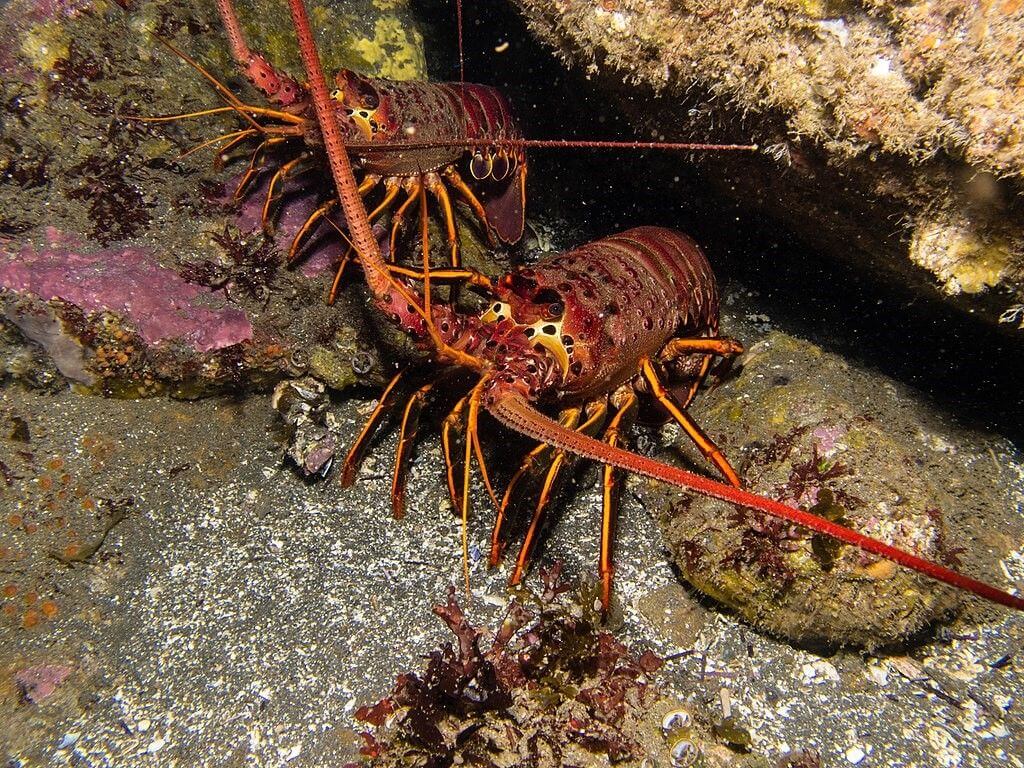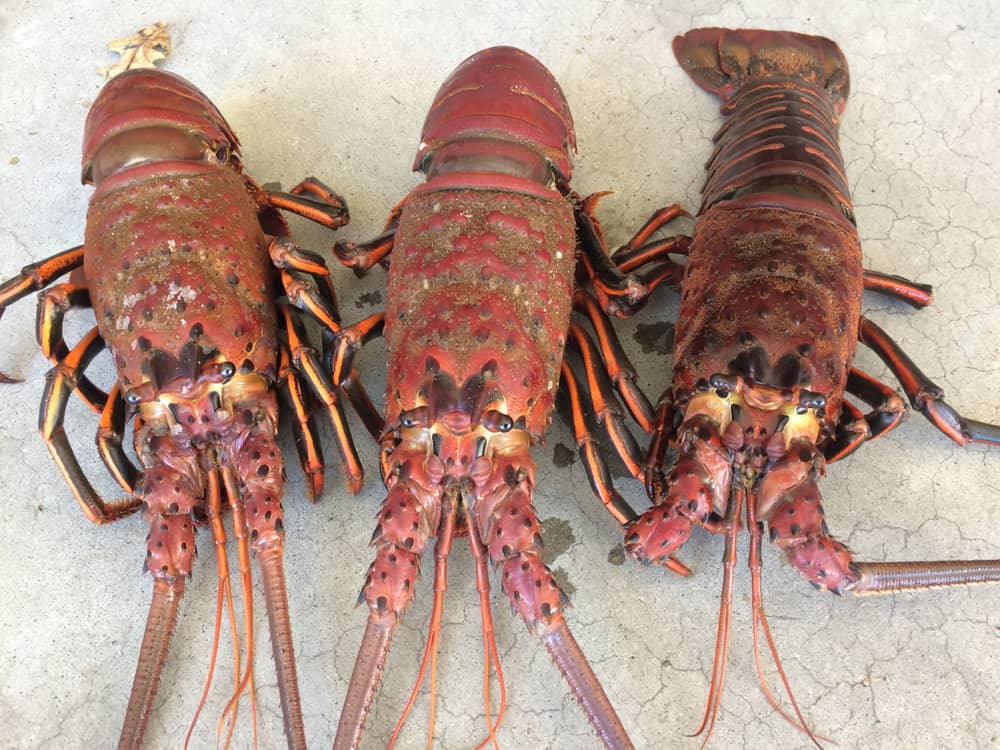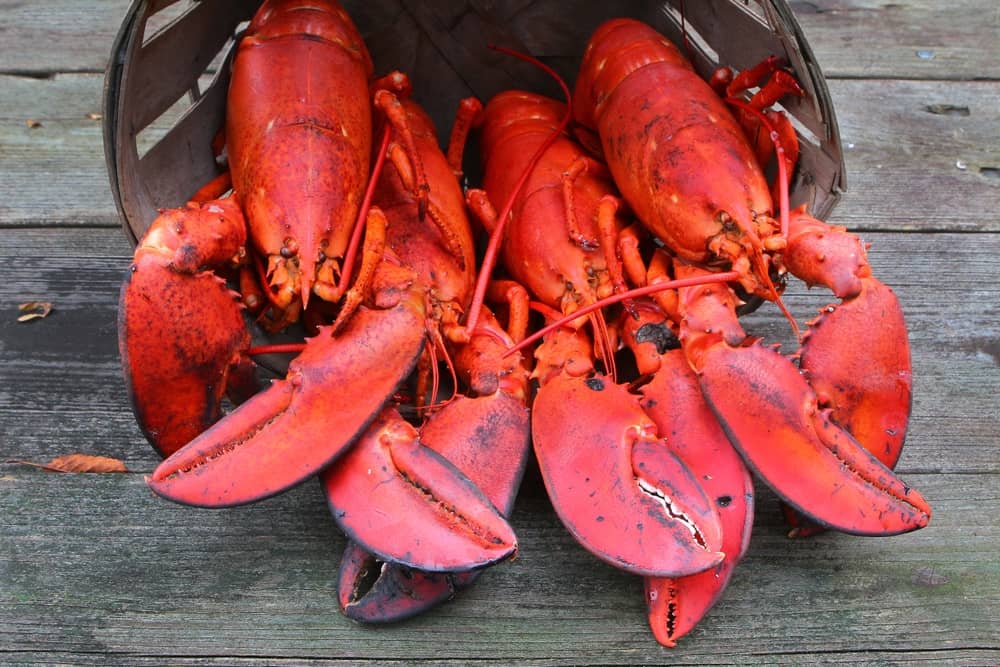
Although most of us tend to picture lobster as this one-type-fits-all creature, there are a lot of different kinds of lobsters. We’re partial to Maine lobster, of course, but the crustaceans come from several parts of the world, like California, Australia, and the Caribbean.
With their native land comes very different looks and flavors. There is one characteristic that offers a lot of similarities between lobsters, though, and that’s the temperature of the waters in which they live. Warm water lobsters and cold water lobsters have several similarities within their class, but the two types are very different from each other.
Warm-Water Lobster

Warm-water lobsters come from – you guessed it – waters with warm climates, like the coast of Florida, California, the Caribbean, and the South Pacific region. These lobsters tend to migrate together when they need to find warmer waters, a new place to make their home or more food.
The Appearance
Warm-water lobsters usually have what’s known as a “spiny” look (the photo above is a spiny lobster). They have small spiked points that protrude from their shells, which are part of the lobster’s defense mechanism. They’re also quite colorful compared to cold-water lobsters, boasting several red, brown, and black hues all over their bodies.
One of the most notable differences between warm and cold water lobsters, though, is that spiny lobsters have no claws. Instead, they have antennae-like “arms” that they use to feed themselves with.
The Meat
The only part of a warm-water lobster that humans can eat is the tail. These crustaceans are harvested for their tail meat, only, which is why you’ll often see their lobster tails cut and frozen in the grocery store or on your restaurant dinner plate. It tends to be a little mushier than the firm-but-tender meat from a cold-water animal.
The Price
Lobsters from warm waters are significantly lower in price than their cold-water counterparts, mostly because the meat isn’t as desirable and there’s less edible meat in them.
Cold-Water Lobster

Cold-water lobsters typically come from the eastern coast of the United States and Canada. The majority of these creatures live near Maine and Canada but can be found as far south as the Carolinas. These crustaceans also live along the western coast of Europe.
Cold-water lobsters are solitary, meaning that they prefer to travel alone when looking for food or new dwelling space.
The Appearance
When cold water lobsters become full-size, they tend to be larger than those that live in warm climates. These lobsters go through molting sessions every year or so in which they shed their shells to grow and then produce a new shell that becomes thick and hard over time. The largest ones can reach four pounds or more, on average.
Lobsters from cold waters will always have the large claws that we tend to associate with the animal, with one claw larger than the other. They also carry subtler colors than their warm-water cousins, usually dark greenish-brown. They have smooth shells with no spikes.
The Meat
Since lobsters in cold water live in frigid temperatures, their meat gets significantly firmer than those from warm waters. When you cook and eat a cold-water lobster, you’ll notice that the meat tends to stay together in chunks and is tender, but not mushy, when you eat it.
The meat’s flavor is what brings in most of its draw, though. Coldwater lobsters tend to have a slight hint of sweetness to it without an overpowering fishy taste like warm water lobster has, making it perfect for people who like more subtle flavors.
The Price
We won’t lie: Coldwater lobsters are more, per pound than warm water ones. But, most people agree that they also deserve their price tag. They’re bigger, have better flavor and texture, and they have more edible meat inside than warm-water versions, so you don’t pay for a lot of lobster you can’t even eat.
Cold Water vs Warm Water Lobster: Is One Better Than the Other?
Like most things, the best kind of lobster comes down to your preference for flavor, texture, and price. But, if you think cold water lobster is the way to go, then we invite you to order lobster online from Maine Lobster House today to try out some of the best lobsters your money can buy.

